Introduction
I set up my first darkroom when I was a senior in high school, turning the primitive basement bathroom of our house into a chemical-laden den of escape from my siblings.
After I had figured out how to develop black and white negatives, a neighbor and I began making contact prints. Then, after we came into possession of an inexpensive diffusion enlarger, we started producing 8 by 10 images.
Our cameras were cheap, amateur Kodaks and, as I recall, an Ansco.
The experiments ended when my dad noticed that the metal knob on the room’s door was being destroyed by the chemical fumes.
But by then I was in college, and had begun working part-time as a copy boy at The Knoxville Journal, the morning daily newspaper. There, I became friends with the photographers and was soon hanging out in their darkroom, finally convincing a couple of them to show me their tricks.
Soon, I was borrowing the Journal’s twin-lens reflex cameras and, depending on who was present, making use of the newspaper’s darkroom, developing and printing my own pictures.
Without ever mastering the use of the cameras (or the darkroom), I did progress to the point that Knoxville’s Associated Press correspondent would engage me (as last resort) to shoot assignments. And I bought my first real camera, a used Rolleiflex twin-lens that was soon followed by a Minolta 35-millimeter single-lens reflex.
One of the AP assignments led to what I saw as a major break: photos that I shot of a bus-truck wreck north of Knoxville were published in newspapers around the country. The wreck was early on a Saturday morning and left 14 people dead. My photos were used by The New York Times, The Chicago Tribune, The Miami Herald and dozens of other publications, many displaying my images on Page One.
Though the only credit was “AP Photo,” I was convinced that I was on my way to photographic fame and glory. But my skills were in other areas, and my career in newspapers and magazines (in seven cities) has primarily been as an editor and reporter. Picture-taking has been something I did on the side. That is the reason for the title of this collection – Diversions.
Those diversions include world travel, automobile races, and an on-again, off-again project of photographing roadside memorials.
I progressed from the Minolta to a series of Leica rangefinders, though I still occasionally used the Rollei. And I played around with Polaroid products as well, including the company’s short-lived experiment with black and white transparency film in the 35-millimeter format. The Polaroid Spectra became a favorite, too.
Most of the newspapers where I worked would allow me use of their darkroom, though I had added a professional Omega D2 enlarger that I set up in apartments in Miami, Charlotte, and Louisville. I finally gave up my home facilities when I left Louisville for Dallas in 1980.
I had turned the half-bath of my apartment into a darkroom, placing my D2 on the top of the toilet and using the sink for the chemical work. When I started emptying the apartment, I discovered that in the five years I had lived there, the mineral accretions from the water in the toilet had built up a ring that could not be chipped off.
In Kansas City – my next stop after Dallas – I traded the Omega and its lenses for a used 21 mm Leica Super-Angulon, which became my lens of choice.
My interest in photography eventually led to writing about the art and its practitioners. I spent a couple of days hanging out with William Eggleston in Memphis, trying to coax coherent information about his work from him. And I was charmed for an afternoon by the remarkable Sally Mann at her home in Lexington, Virginia, for a profile that she later convinced me not to publish.
Starting in 1972, when I spent a couple of months bumming around Europe, I have spent as much time as I could traveling, camera in hand – many of the pictures included here are from those forays.
When I moved back to Knoxville in the late 1990s, I began a roadside-memorial project, taking pictures around southern Appalachia that are testament to the danger inherent in curving mountain byways.
In 2010 I made the switch to a digital camera, opting for a lightweight Panasonic Lumix (Leica lens) that, like the rangefinders I used, fits into my pocket.
This collection includes a few examples taken with the Lumix, but the majority were shot on film, most 35 millimeter.
Five of the European images, all photographed in 1972 or 1973, are included in the United Nations Archives in Geneva.
There’s no story line to the photos – they represent diversions, after all.
Acknowledgements
Many people contributed to this project, some simply by agreeing to let me photograph them, some by offering advice and encouragement. Others let me use newspaper darkroom facilities (sometimes with the knowledge of the folks in charge, other times in the dark of night). I would like to thank the photographers of The Knoxville Journal, The Miami Herald, The Charlotte Observer, The Louisville Times, The Dallas Times Herald, The Kansas City Star, and The Atlanta Journal-Constitution. David Moynihan was a tremendous help in allowing access to the darkroom in Dallas. Encouragement came from art director/designers James Noel Smith, Fred Woodward and Jan Bryza. Vince Staten and my late brother, Ben Wohlwend, offered valuable support. Jim Stovall and Rob Heller provided expertise that helped bring this project to fruition.

Smoky Mountains, Tennessee, 1991

Hyde Park, London, England, 1972

Interstate 85, north Georgia, 1993

Off South Beach, Miami, Florida, 2010

Playground, Paris, France, 1973

East Knox County, Tennessee, 1997

24 Hours of Le Mans, France, 1979

Holly Springs, Mississippi, 2001

Grand Tetons, Wyoming, 2011

Charlottesville, Virginia, 1992

Morpeth Arms, London, England, 1972

South Knox County, Tennessee, 2010

Off the Isle of Wight, England, 2010

The Forum, Rome, Italy, 1983

Daytona Continental, Florida, 1972

South Miami. Florida, 1973

Quebec city, Canada, 1976

Champs Elysees, Paris, France, 1972

Uluru (Ayers Rock), Australia, 1981

Athens, Alabama 1991

U.S. Grand Prix, Watkins Glen, New Y0rk, 1972

East Knox County, Tennessee, 1998

Munich, Germany, 1972

Ralun, southern Chile, 1981

Innsbruck, Austria, 1972

Moscow River, Soviet Union, 1977

Downtown El Paso, Texas, 1992
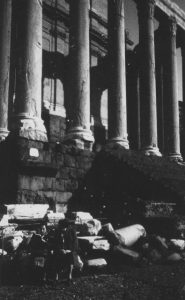
The Forum, Rome, Italy, 1983

South Grainger County, Tennessee, 1998

Leningrad, Soviet Union, 1977

Munich, Germany, 1972

Southampton, England, 2010

DeKalb County, Georgia, 1992

South Miami, Florida, 1974
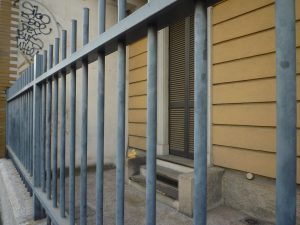
Calazzo, Milan, Italy, 2010
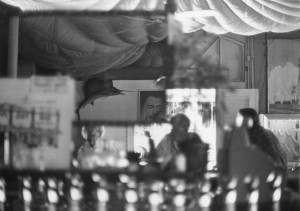
Key West, Florida, 1973
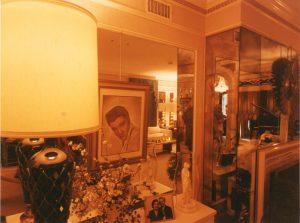
Memphis, Tennessee, 2001

Matthews, North Carolina, 1974

Tombstone, Arizona, 1992

Bergen, Norway, 1972

Cisco, north Georgia, 1998
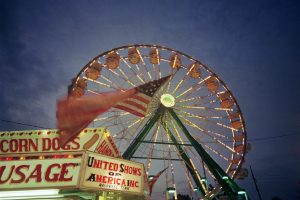
Athens, Alabama, 1991

Daytona Continental, Florida, 1972

Downtown El Paso, Texas, 1992

Pendzhikent, Tajikistan, Soviet Union, 1977

London, England, 1972

New Orleans, Louisiana, 1991

Memphis, Tennessee, 1993

Paris, France, 1976

Downtown El Paso, Texas, 1992

Montparnasse, Paris, France, 1972

Smoky Mountains, North Carolina, 1992

24 Hours of Le Mans, France, 1979

Northwest Wyoming, 2011

New Orleans, Louisiana, 1992
